Monday, June 30th 2025
With Apple’s announcement of their new Vision Pro headset to be launched in early 2024 at a hefty US$3,499 price, virtual reality or VR are the words on everybody’s lips – at least for now. Like every new technological trend that comes around, most of us are interested, curious and intrigued but only time can tell if trends remain as trends and eventually go away (like NFTs) or go beyond the hype and become part of our day to day operations, lifestyle and routines.
First we need to make a distinction between Virtual Reality and Augmented Reality, before we dive right into dissecting the many devices that came before the Vision Pro. Augmented reality overlays computer generated 3D content on the real world, as users are able to interact with both the real and the virtual world, as they can clearly distinguish between both of them, this is achieved by smartphones, tablets and AR wearables; virtual reality on the other hand visually immerses users with simulated objects in a virtual environment as they are completely shut down from the real world, making it harder for them to distinguish between the virtual and the real world, and this is achieved by VR headsets.
"Only time can tell if trends remain as trends or eventually go away."
VR is not something new as it dates back to 1968 (and even further back), when American computer scientist and Internet pioneer,Ivan Sutherland and his student Bob Sproull created the first VR / AR head mounted display named ‘Sword of Damocles’, which was connected to a computer instead of a camera. The device was a large and scary-looking contraption (way too heavy for anyone to wear comfortably) which was suspended from the ceiling (that’s why it was named that way) and the user would need to be strapped into the device. The computer-generated graphics were very primitive wireframe rooms and objects. From them on, we’ve seen a large number of innovations and devices devoted to expanding the possibilities of what VR can do and achieve.
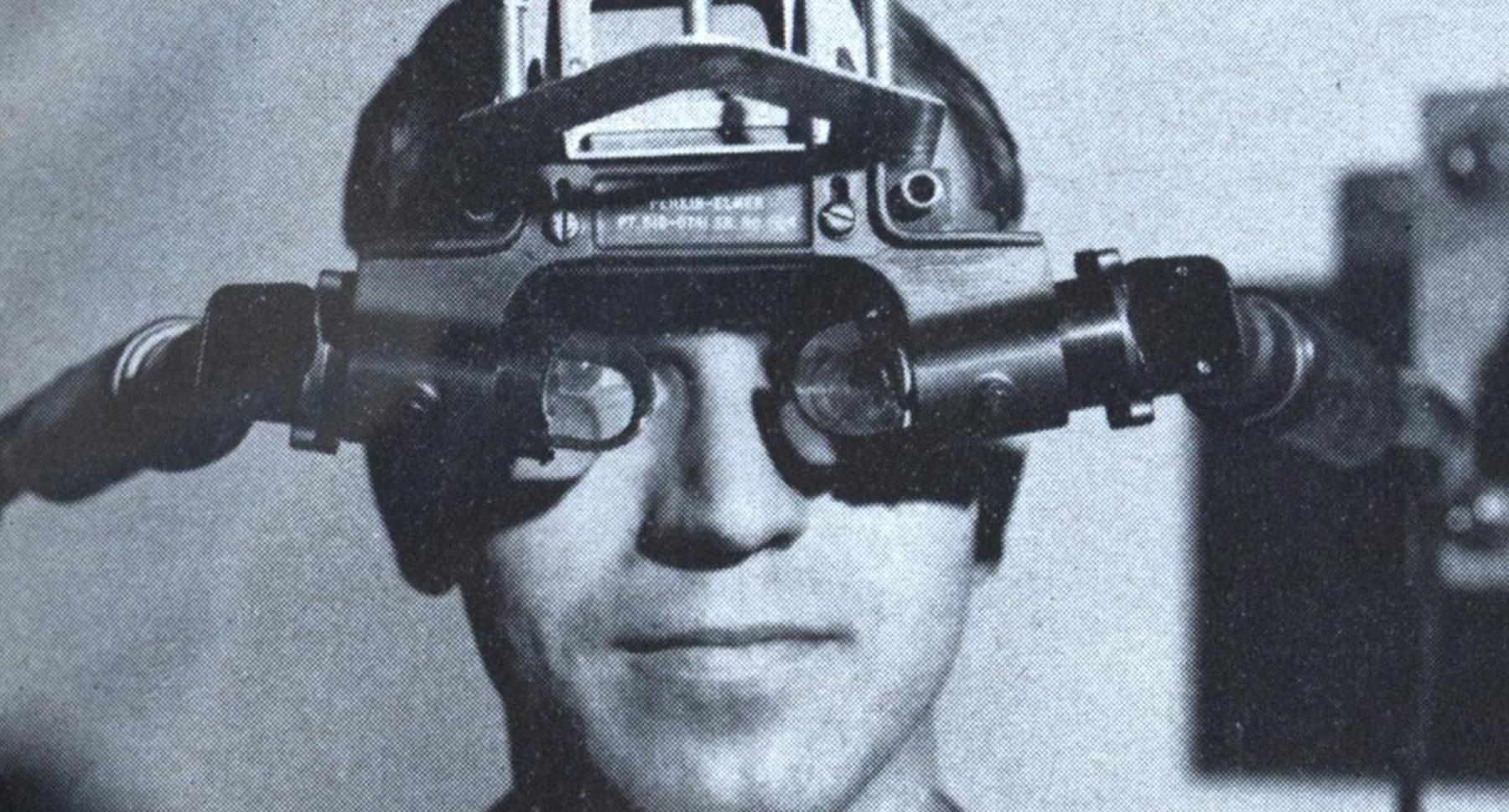
Even Sega and Nintendo gave VR a try respectively with the Sega VR headset for their Sega Genesis console in 1993 (which ended up being a flop with a US$200 price range back in the day) and the Nintendo Virtual Boy (originally known as VR-32), which was a 3D gaming console said to be “the first ever portable console that could display true 3D graphics” launched in 1995 in Japan and North America (US$180). This was also a commercial failure for the company, and the reported reasons for this failure were a lack of color in graphics (games were in red and black), lack of software support and difficulty to use the console in a comfortable position. The following year they discontinued its production and sale.
If we’re talking about VR/AR and tech, we also have to mention Google Glass (which wasn’t a VR/AR device per se, but incorporated AR technology), a project of “experience augmentation” announced in 2012, with a promising demo showcasing skydiving, biking, as well as wall scaling through the device, which eventually evolved into more realistic reels with day-to-day activities supported by the Glass. As Investopedia mentions: “Google’s aspirations were lofty: The technology required lengthy battery life, improved image-recognition capabilities, and a lot of data. Rather than augment reality, Glass simply supplemented it. The three- to five-hour battery life enabled users to check messages, view photos, and search the Internet. Glass was competing with other devices that boasted superior cameras, larger capacities, and faster processors”. This luxury item retailed for US$1500 and didn’t do any action in a spectacular way, struggling to fight against modern cell phone devices.
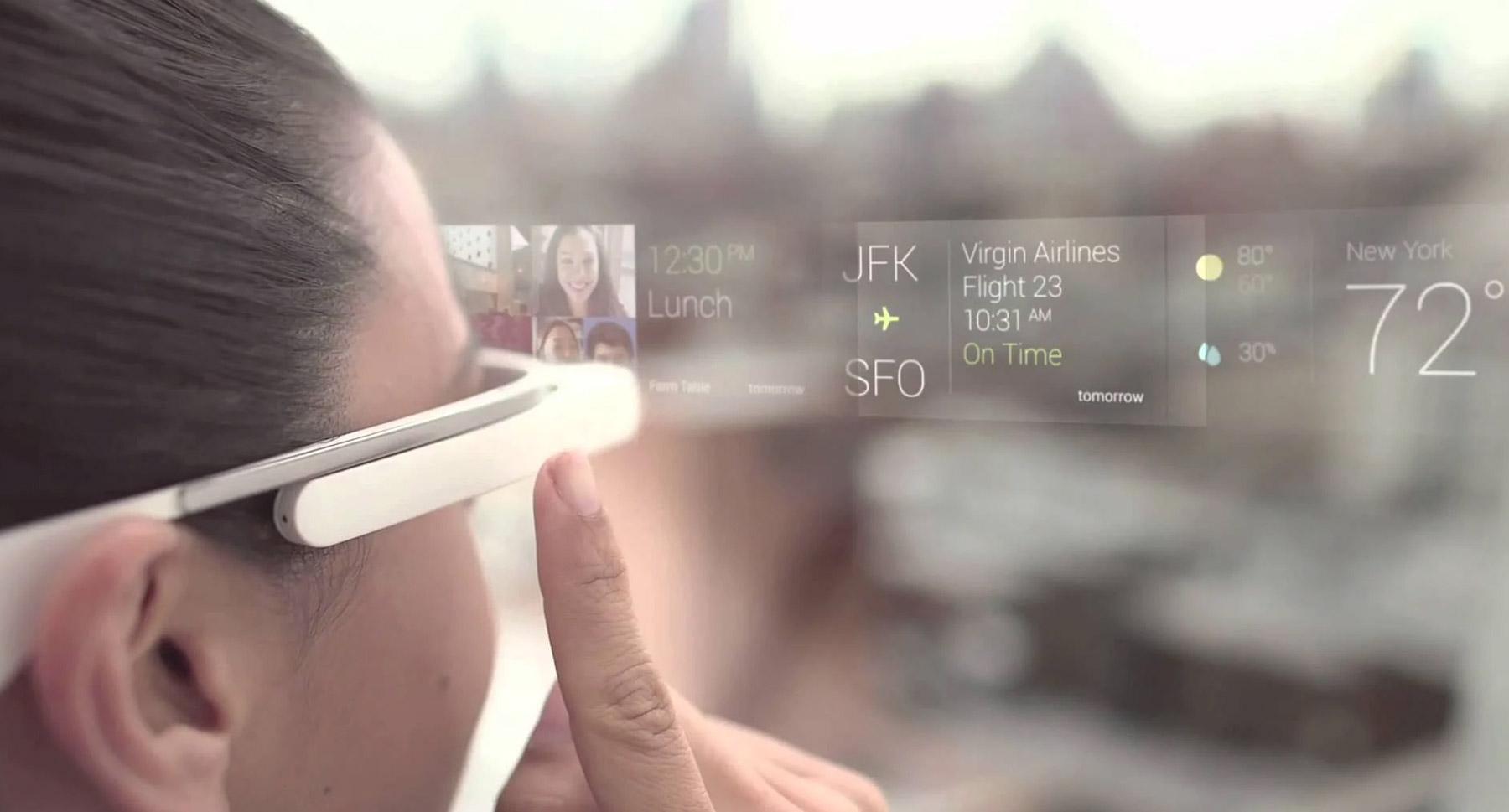
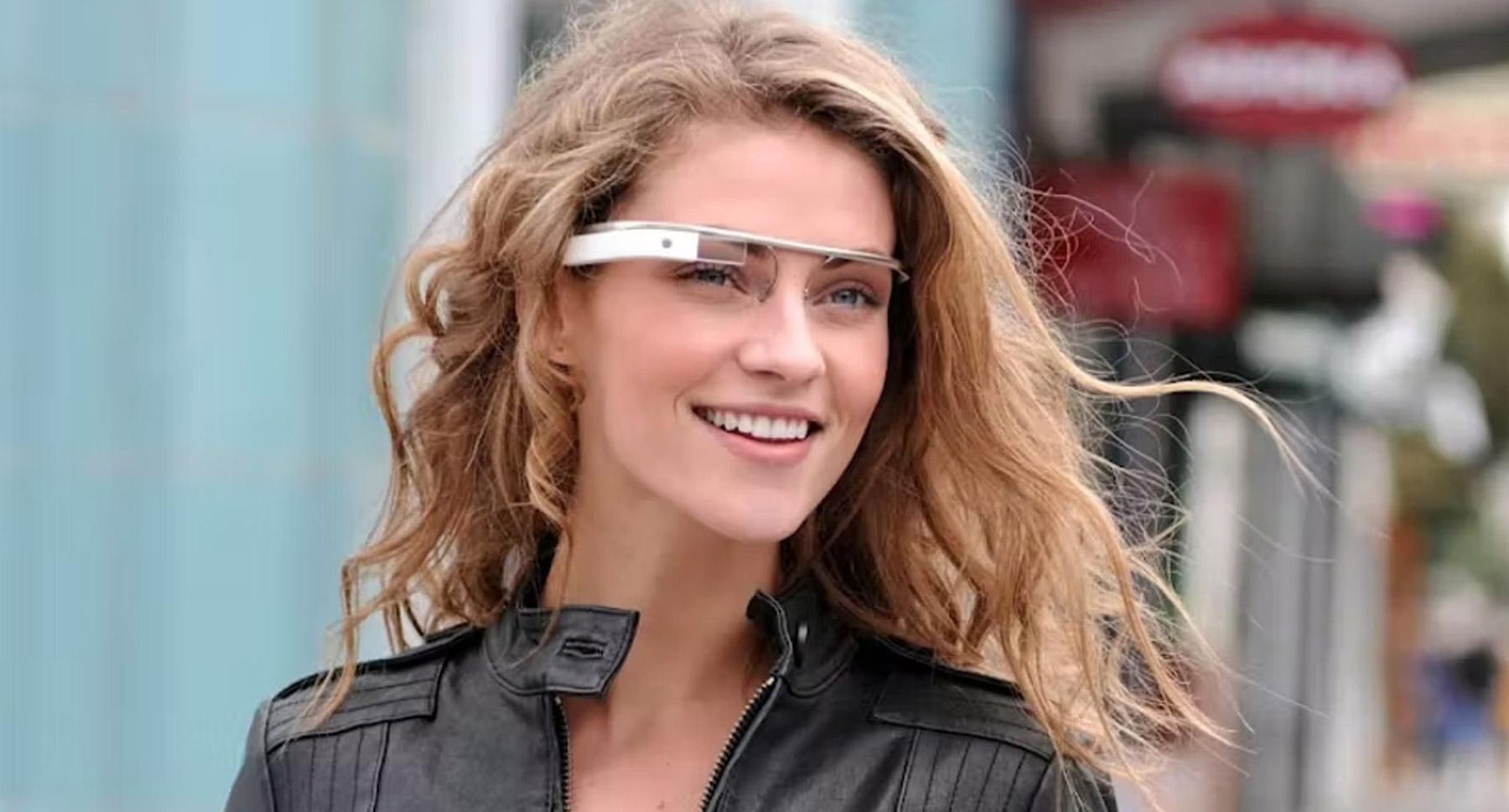
Fast forward to 2023, Apple’s Vision Pro presents its own set of pros and cons. Conceptually it is very interesting and it proposes some clever implementations for its usage, allowing buyers to have a full immersive 3D cinema-like experience in their own living rooms. On the other hand, it has its own set of practical limitations, especially the fact that it can only be used by one person at a time, so you need to use it when you’re alone or take turns… or buy more than one, which is not a middle class America option with that price range. Also, if you don’t want to set up a headset every time you want to watch The Kelly Clarkson Show, the Vision Pro is not for you. For now, we’ll have to wait and see where the company decides to take this product to, marketing-wise and functionality-wise, as it has a ton of opportunities to take home theaters to the next level.
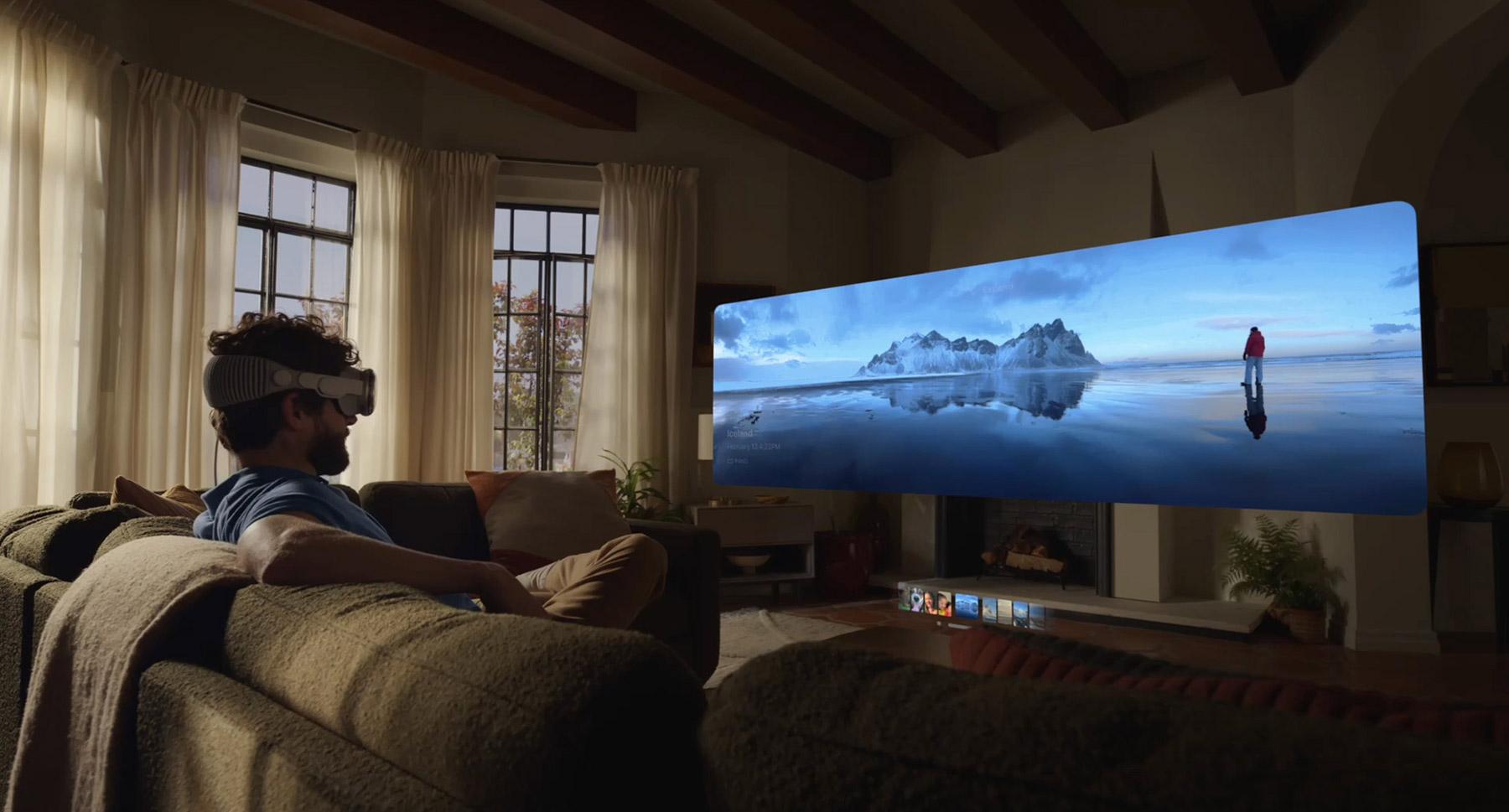
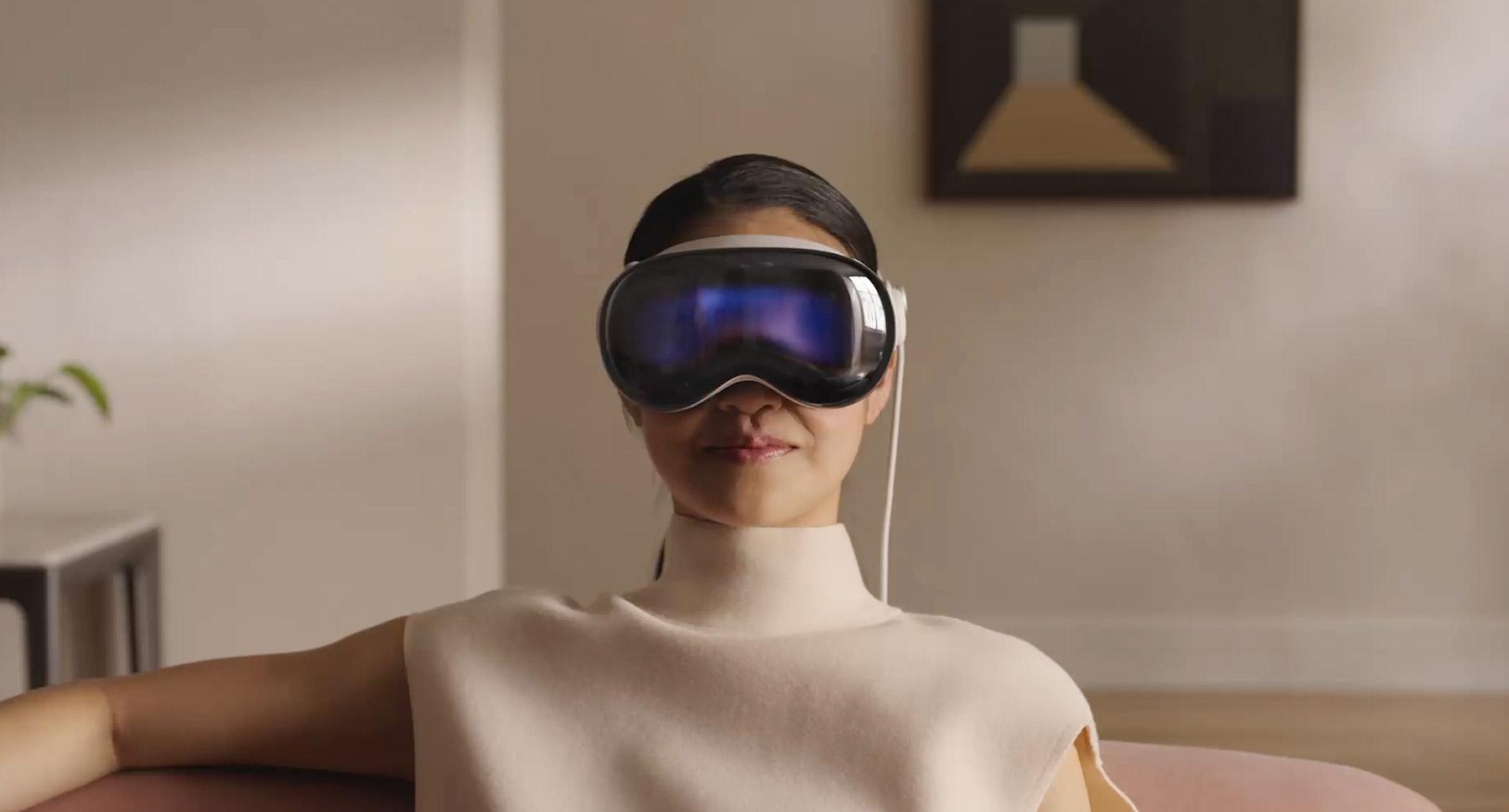
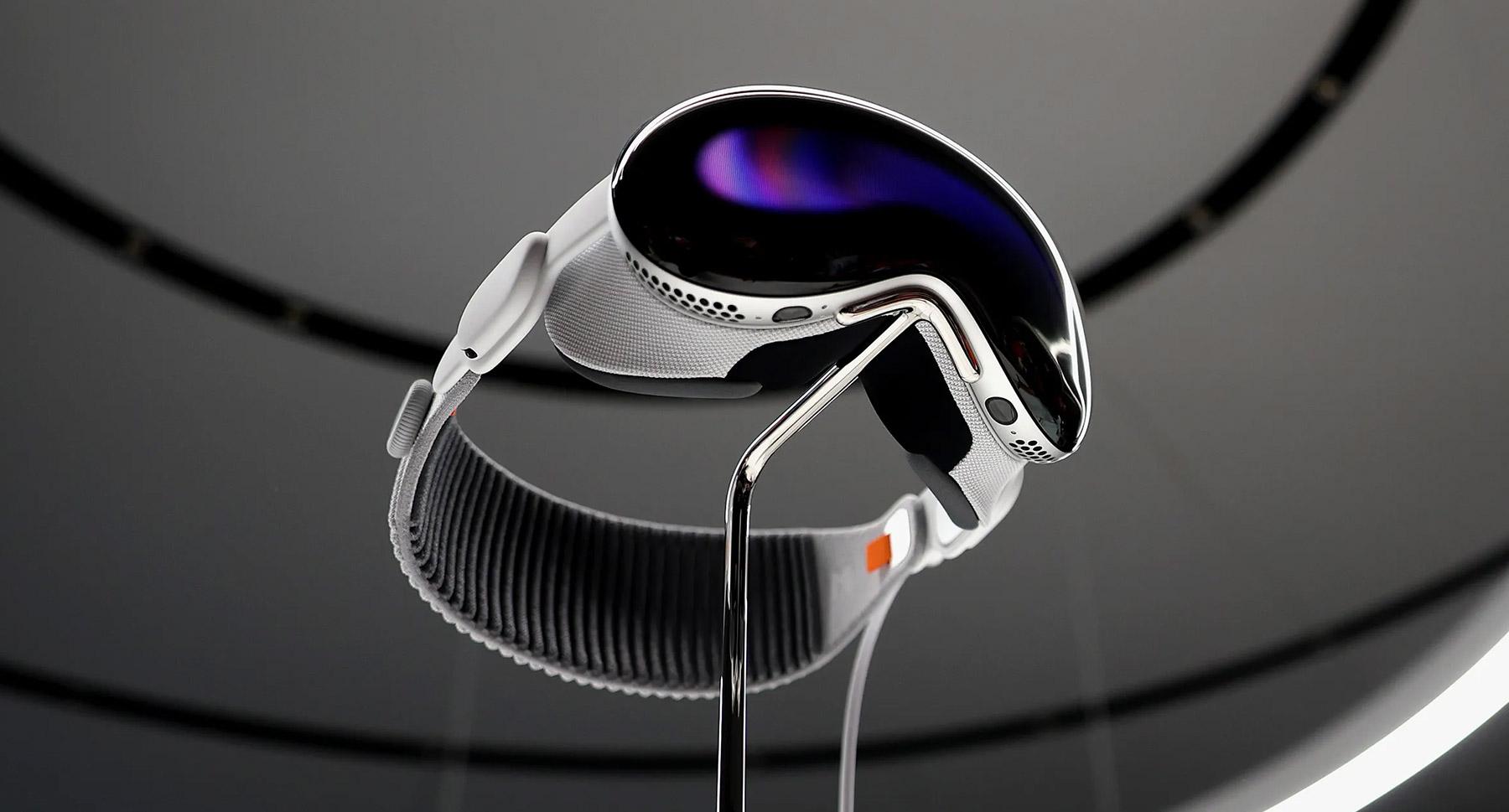
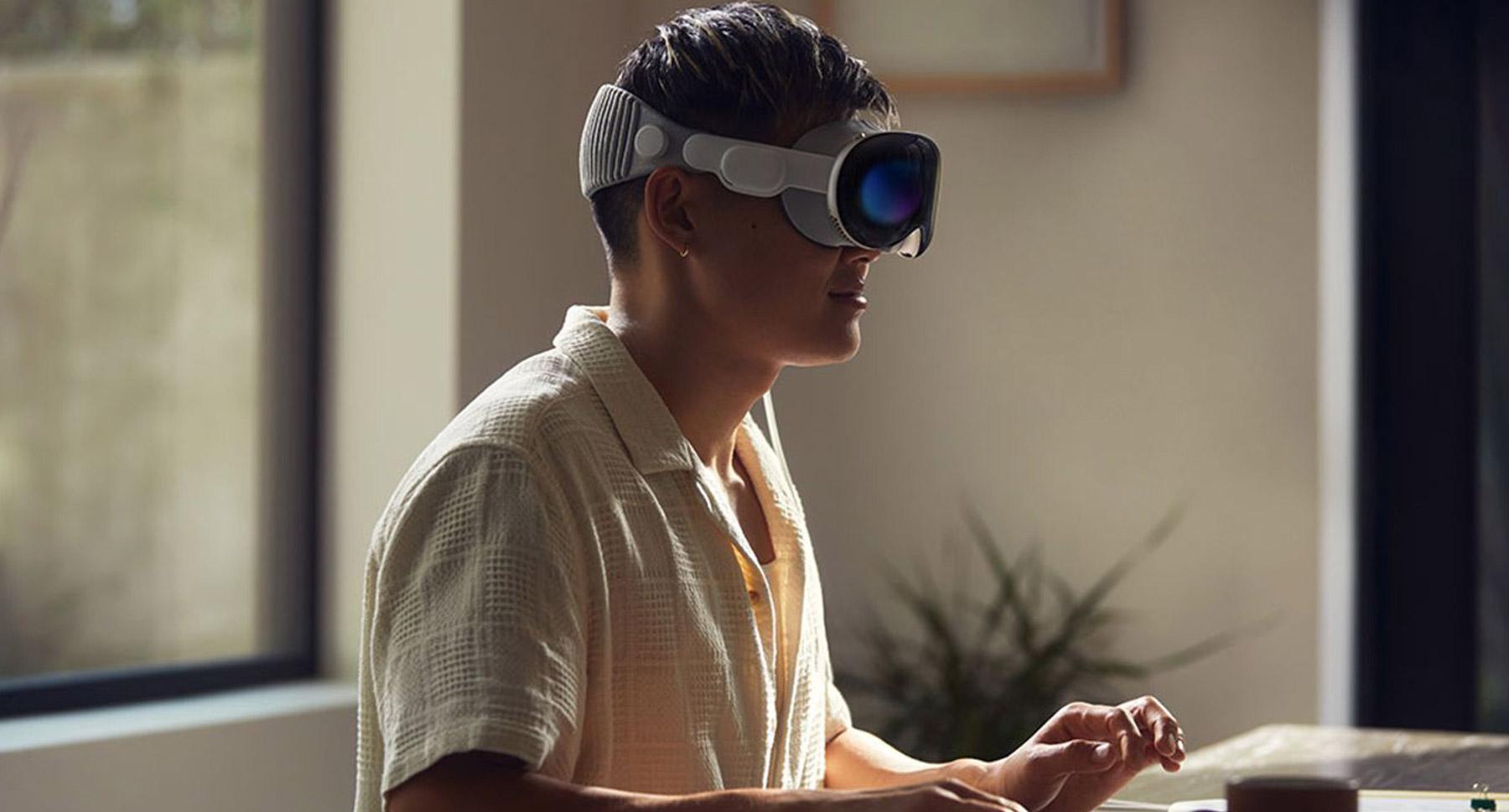
All images attached to this article are not property of Lorem Ipsum and were crafted by the artists mentioned above.














